In the vast expanse of space, where the boundaries of human experience are constantly pushed, one figure stands out as a testament to the ingenuity and artistic spirit of humanity. Longtime NASA astronaut Don Pettit, who recently returned to Earth after a seven-month stay aboard the International Space Station (ISS), has not only ventured into the cosmos but has also left his mark through innovation and artistry. Pettit, who turned 70 on Sunday, landed at 9:20 p.m. ET in a Soyuz spacecraft with Roscosmos cosmonauts Alexey Ovchinin and Ivan Vagner near Zhezkazgan, Kazakhstan. His journey, filled with groundbreaking achievements and breathtaking imagery, has captured the imagination of both scientists and the public alike.
The Innovator: Inventing the Zero-G Cup
Don Pettit is not just an astronaut; he is an inventor and a problem-solver. During his time in space, he faced the everyday challenges of living in microgravity, where even simple tasks like drinking a beverage become complex. In response, Pettit invented the first object patented in space—the Capillary Beverage, Space Cup, or Zero-G cup. This innovative device makes it easier to drink beverages in the absence of gravity, addressing a fundamental need for astronauts on long-duration missions.
The Zero-G cup is a marvel of engineering, designed to harness the principles of capillary action and surface tension. It allows astronauts to drink liquids in a manner that mimics the experience on Earth, providing both practicality and a touch of normalcy in the otherwise alien environment of space. Pettit's invention is a testament to his ability to think creatively and apply scientific principles to solve real-world problems.
The Artist: Capturing the Beauty of the Cosmos
Beyond his technical achievements, Pettit is also celebrated for his contributions to astrophotography. His unique perspective and artistic vision have captured some of the most unforgettable views of Earth and the cosmos from the ISS. Pettit's photography is characterized by its focus on the beauty of being in orbit, offering perspectives that are both scientifically valuable and aesthetically stunning.
"One of the things I like to do with my astrophotography is to have a composition and a perspective that’s different than an Earth-centric one," Pettit said during an April 3 interview with astrophysicist Neil deGrasse Tyson. "Typically showing an Earth horizon with the atmosphere on edge, the limb, and then some kind of astronomy, astrophotography, in relationship to that."
Pettit's photographs often feature the delicate blue of Earth's atmosphere, the stark contrast of the blackness of space, and the brilliant stars that dot the night sky. His work captures the essence of what it means to be in orbit, providing a unique vantage point that few have experienced. "Earth is amazingly beautiful when your feet are firmly planted on the ground, and it’s beautiful from space," Pettit said. "And it’s hard to say what is more beautiful. I think it’s because space is a unique opportunity we seek to focus on the beauty of being in orbit."
The Cupola: A Window to the Cosmos
Pettit takes his photographs from the cupola on the ISS, a favorite spot for crew members due to its seven windows that offer an unparalleled view of Earth. The cupola serves as a literal and metaphorical window to the cosmos, allowing astronauts to observe the planet below and the vast universe beyond. It is from this vantage point that Pettit has captured some of his most memorable images, including the aurora borealis, the moon rising over Earth's horizon, and the intricate patterns of city lights at night.
Each photograph is a testament to the beauty and complexity of our world and the cosmos. Pettit's images invite viewers to see Earth and space in a new light, emphasizing the interconnectedness of our planet with the rest of the universe. His work is not just about capturing pretty pictures; it is about sharing the experience of being in space and the profound impact it has on the human psyche.
The Legacy of Don Pettit
Don Pettit's contributions to space exploration extend beyond his inventions and photography. His work as an astronaut, inventor, and artist has inspired countless individuals to look up at the stars and dream of what might be possible. His innovative spirit and artistic vision have enriched our understanding of life in space and the beauty of the cosmos.
As Pettit returns to Earth, his legacy continues to inspire future generations of astronauts, scientists, and artists. His Zero-G cup is a practical solution to a fundamental challenge, while his astrophotography offers a glimpse into the wonders of the universe. Pettit's work reminds us that the beauty of space is not just in the stars but in the unique perspective it offers on our place in the cosmos.
Don Pettit's journey as an astronaut, inventor, and astrophotographer is a testament to human ingenuity and the enduring spirit of exploration. His Zero-G cup and breathtaking photographs from the ISS have left an indelible mark on our understanding of life in space. As we look to the future of space exploration, Pettit's legacy serves as a reminder of the importance of creativity, innovation, and the pursuit of beauty in the cosmos.
In the words of Pettit, "If we had people living their whole life in orbit, when they come down to Earth, they would probably think that was the most beautiful perspective they’d ever seen." His work invites us all to share in that perspective, to marvel at the beauty of our planet and the universe beyond, and to continue reaching for the stars.
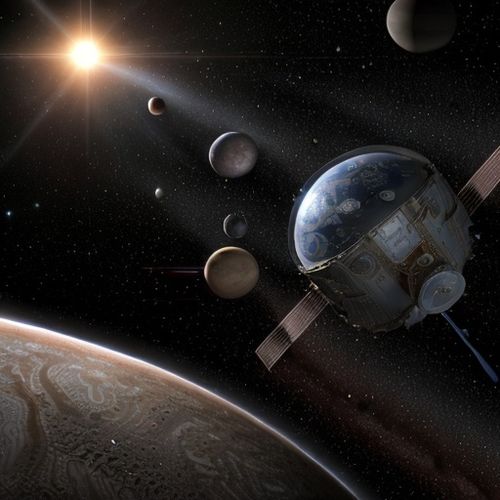
By Sophia Lewis/May 6, 2025
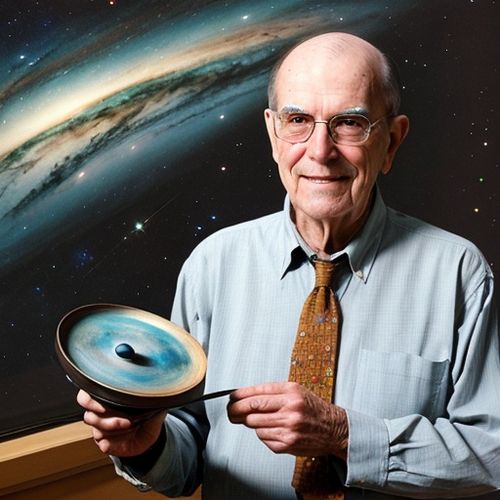
By Olivia Reed/May 6, 2025
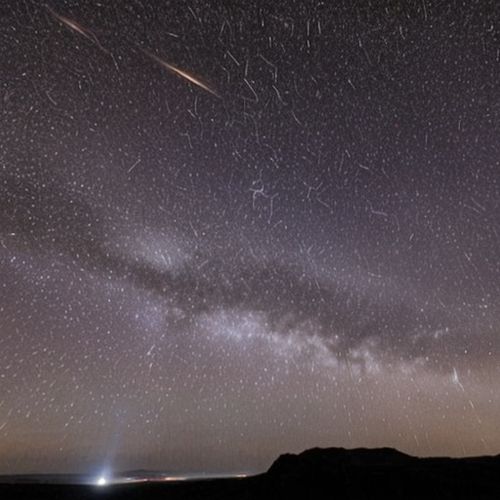
By William Miller/May 6, 2025
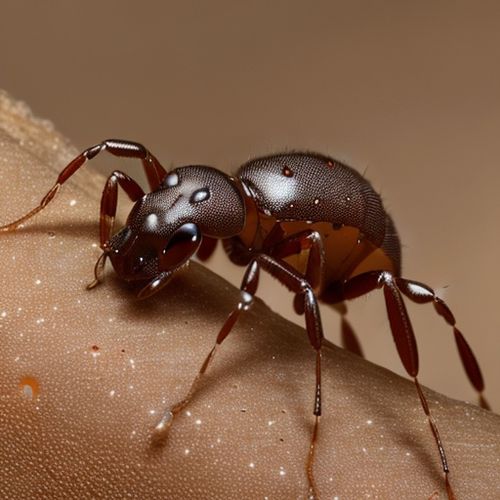
By Eric Ward/May 6, 2025
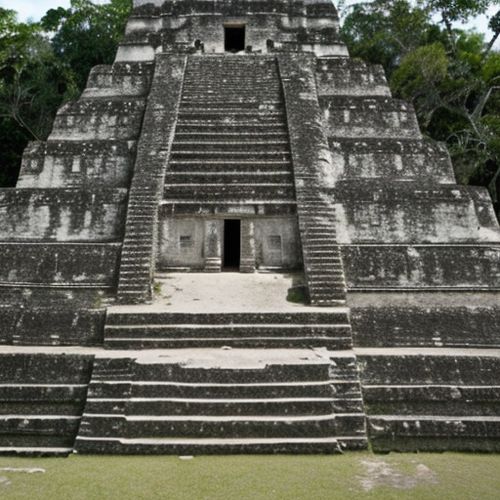
By John Smith/May 6, 2025

By Rebecca Stewart/May 6, 2025
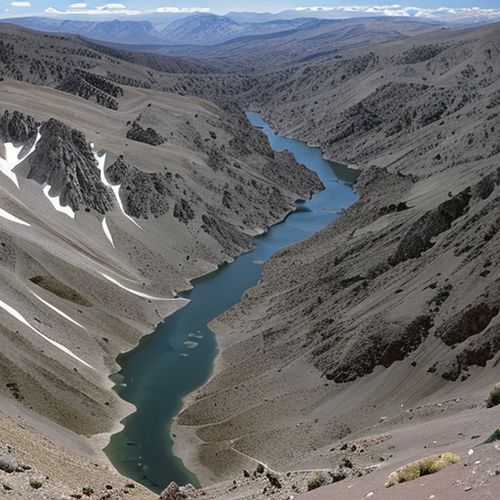
By Benjamin Evans/May 6, 2025
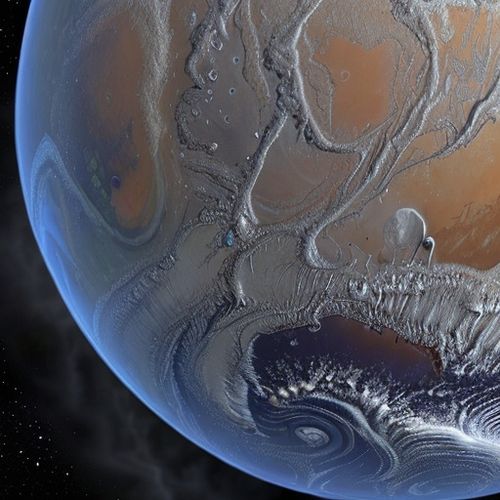
By Eric Ward/May 6, 2025
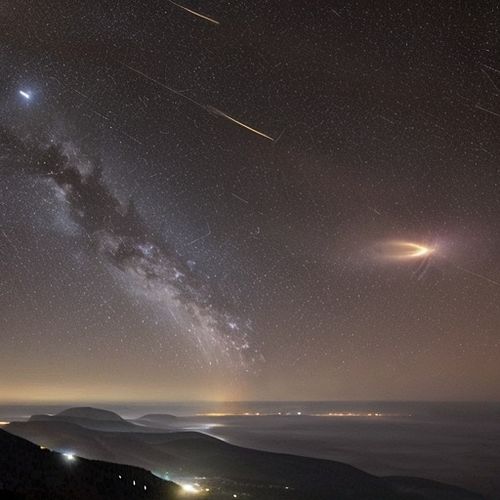
By Eric Ward/May 6, 2025
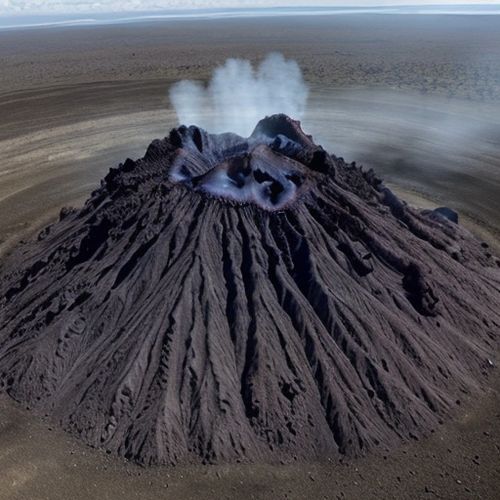
By Daniel Scott/May 6, 2025

By Benjamin Evans/May 6, 2025
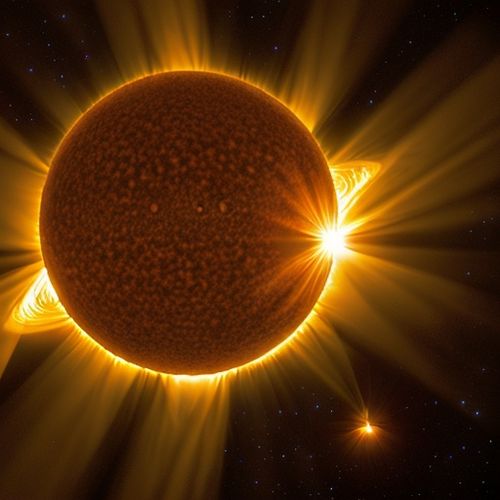
By Elizabeth Taylor/May 6, 2025

By James Moore/May 6, 2025
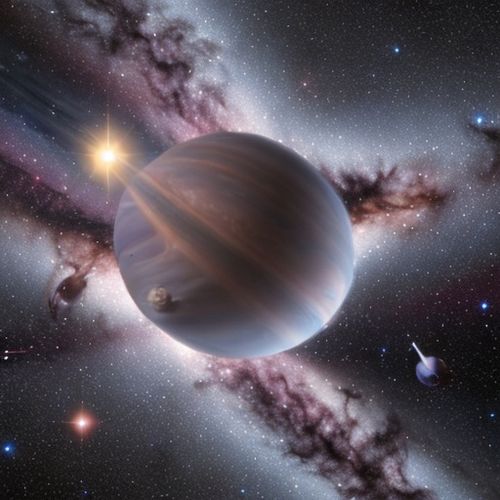
By Victoria Gonzalez/May 6, 2025

By Sophia Lewis/May 6, 2025
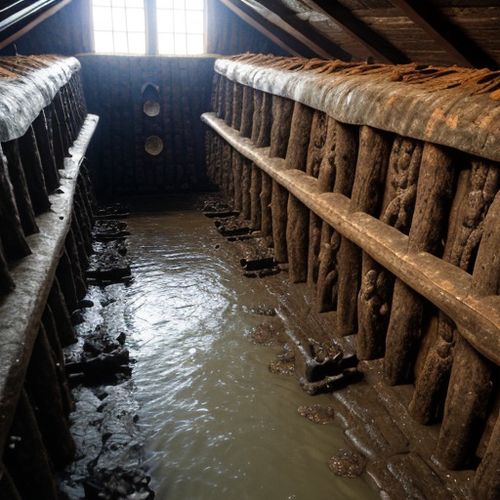
By Laura Wilson/May 6, 2025

By Olivia Reed/May 6, 2025

By David Anderson/May 6, 2025
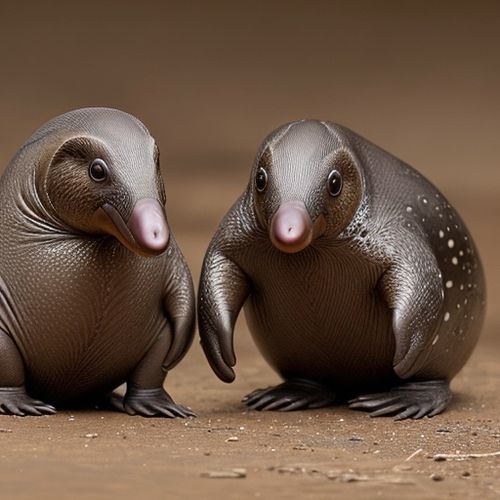
By Olivia Reed/May 6, 2025
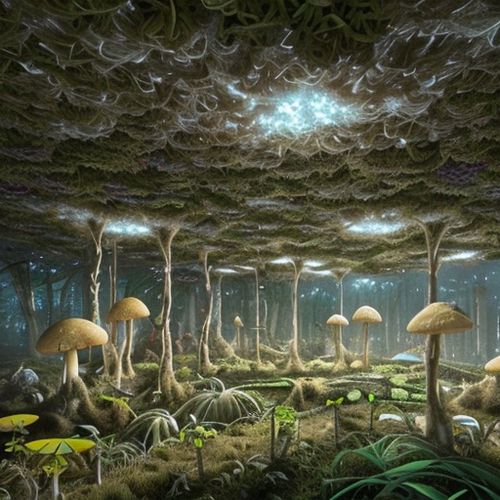
By Sophia Lewis/May 6, 2025